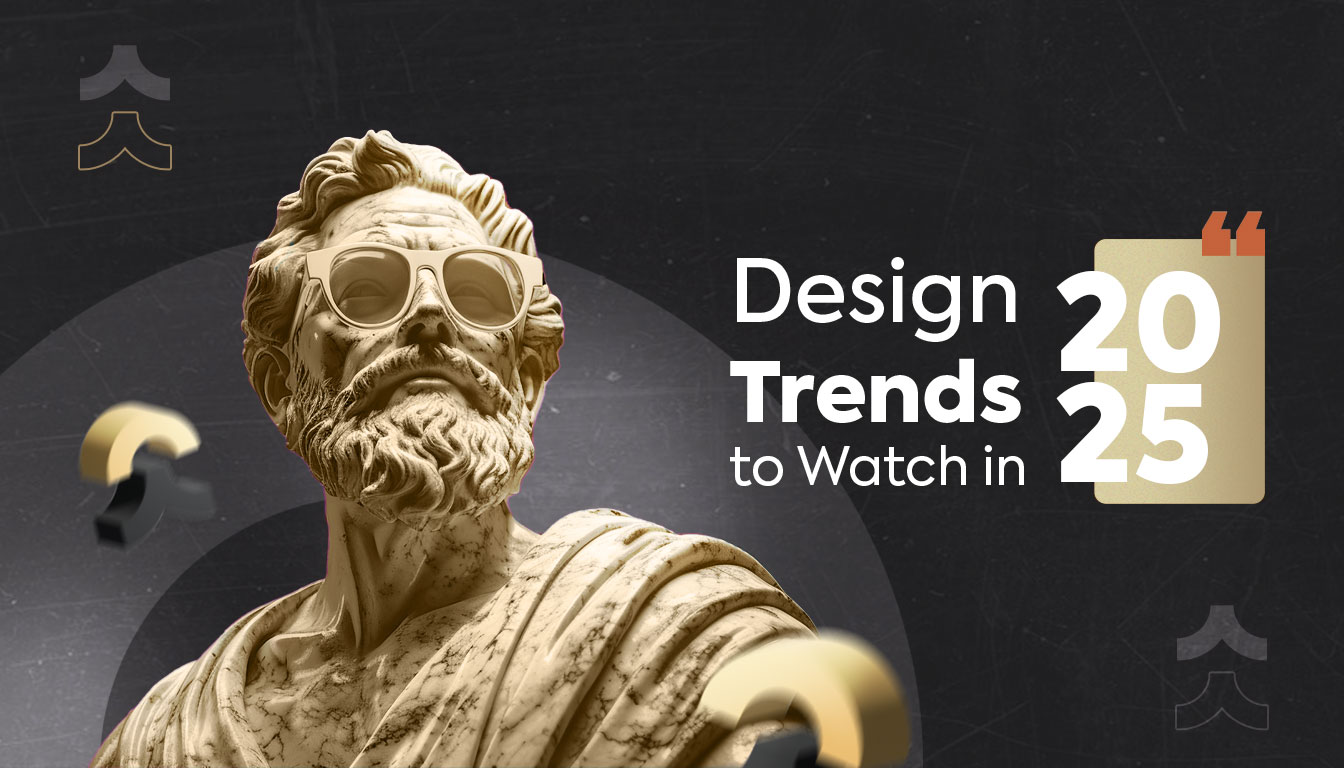
What worked yesterday may feel outdated today. Visual creatives must adapt to emerging design trends, new technologies, and changing audience expectations. While traditional principles like balance, hierarchy, and clarity remain essential, the tools, techniques, and aesthetics that define cutting-edge design are rapidly shifting.
From immersive experiences powered by AR/VR to AI-assisted workflows, 2025 promises a landscape where creativity meets technology in once unimaginable ways. This article highlights the most impactful design trends to watch, offering insights for creatives who want to stay ahead and deliver visually compelling, relevant, and modern work.
1. Immersive Experiences with AR and VR Augmented Reality (AR) and Virtual Reality (VR) are no longer niche technologies. They are becoming central to brand storytelling and interactive design. Designers can create environments where users don’t just see content; they experience it.
Practical Tip: Experiment with AR filters, VR product demos, or 360-degree visual storytelling to engage audiences beyond traditional screens.2. AI-Assisted Design AI tools are revolutionizing workflows, allowing designers to generate concepts, iterate quickly, and automate repetitive tasks. From layout suggestions to color palette generation, AI can save hours of work while inspiring new creative directions.
Creative Insight: While AI speeds up production, it’s most effective when guided by human expertise. Designers still need to craft meaningful prompts and refine results to match brand identity.3. Minimalism Meets Maximalism Design trends in 2025 are embracing contrasts. Minimalist layouts coexist with bold, maximalist details that capture attention. The key is balancing simplicity with impactful elements that create memorable visuals.
Practical Tip: Combine clean typography and whitespace with vibrant accents, dramatic shapes, or unexpected textures to create dynamic compositions.4. Motion and Interactive Graphics Static visuals are evolving into dynamic experiences. Motion graphics, micro-animations, and interactive elements enhance engagement and storytelling. Social media, websites, and apps increasingly favor motion-driven content.
Creative Insight: Focus on subtle, purposeful motion that guides the user and enhances comprehension, rather than distracting from the core message.5. Sustainability in Design Eco-conscious design is rising as brands respond to environmental concerns. Using sustainable materials, digital-first strategies, and eco-friendly color palettes reflects not only responsibility but also modern consumer values.
Practical Tip: Consider green design principles in packaging, print materials, and online interfaces. Communicate your brand’s sustainability efforts visually.
6. Custom Typography and Expressive Fonts 2025 trends show a move toward unique, hand-crafted, and variable fonts that express personality. Custom typography helps brands stand out and adds authenticity to their visual identity.
Practical Tip: Pair expressive fonts with clear, readable body text to maintain functionality while adding visual interest.Today, design is about much more than decoration. It’s the point where creativity meets technology and serves a clear purpose. New tools and methods are opening the door for immersive experiences, faster workflows with AI support, expressive use of typography, and a growing focus on sustainability. All these shifts are changing how we communicate visually and how brands connect with people.
We at Solarya guide visual creatives and brands to integrate these trends effectively, ensuring designs are not only visually stunning but also strategically aligned with audience expectations. Your brand’s visual language can evolve while staying authentic and impactful. Let us help you bring that vision to life.Q1: Are these trends suitable for all brands? Trends should be adapted to fit your brand’s audience and goals. Not every trend fits every brand, but awareness helps you innovate strategically.
Q2: How can small businesses apply these trends on a budget? Focus on digital solutions, free or low-cost AI tools, and creative typography. Even small adjustments like motion graphics or updated color schemes can make a big impact.
Q3: Will AI replace designers entirely? AI enhances efficiency, but human creativity, strategy, and brand understanding remain irreplaceable. Successful design combines technology with expert human guidance.
Leave a comment